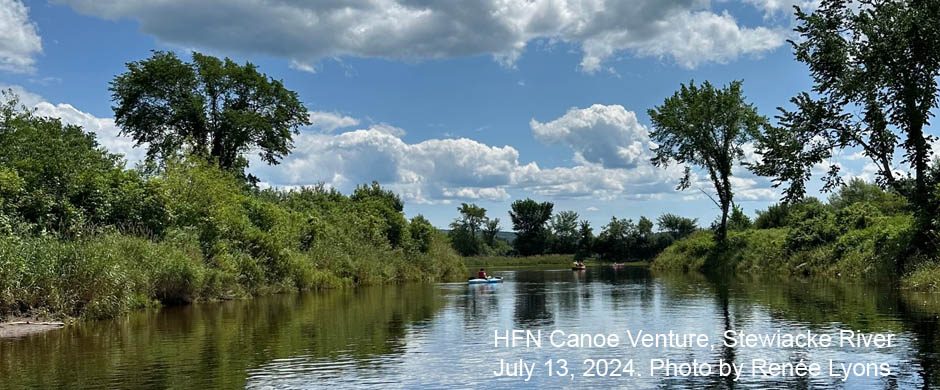https://inaturalist.ca/projects/halifax-field-naturalists-nature-notes
Field Trips – Planning and Preparation
The prime purpose of the Halifax Field Naturalists (HFN), from its inception in 1975, has been to educate members and the public at large in the natural history of Nova Scotia. In addition to holding regular meetings highlighting Nature Notes and hosting presentations HFN organizes a number of field trips and hikes over the year, led by specialists or well-schooled naturalists. These events provide a good way to expand one’s knowledge of local natural history as well as to mingle with members of the natural history community.
Prior to any outdoor activity, it is useful to review the Leave No Trace (LNT) 7 Principles.
The first principle is to plan ahead and prepare! With this in mind, all participants in HFN activities are reminded that they are responsible for their own safety. They are advised to always wear suitable clothing and footwear for the weather, the activity, and the terrain. Many of the field trips take place along trails or in areas described online — as part of preparation, check out the route ahead of time and note the level of difficulty and length of time.
The fourth of the seven principles is to leave what you find. Instead of picking flowers, take photos and record observations of wildlife! The recommended platform for sharing of these observations is iNaturalist — there is the option to use the iNaturalist app or to go online and upload digital camera photos at iNaturalist.ca. If participants are unfamiliar with iNat or need a refresher on how to upload observations, they are encouraged to check out the following two tutorials for assistance: Adding an observation on a mobile device, and Adding an observation via the web.
NOTE: Recording observations is not meant to slow down the walk — it is not necessary to record every species nor every occurrence of each species. The walk is not an organized bioblitz! One can also choose to upload observations after you return home or are in an area with free wifi. Uploading after returning home from the field also offers an opportunity to review and perhaps crop a few photos. Not every photo needs to be shared.
Every adventure should include planning …
- Plan to record observations. Practice using iNaturalist before you head out. Make sure that you know how to login! Are your batteries charged? Does your device have lots of memory?
- Plan to mentor others. If you don’t wish to record photos, perhaps point out species to others who are ‘iNatting’ and point out features important for identification. Consider exploring iNaturalist.ca and browse observations posted by others. What species might be encountered in different habitats and at different times of the year? How could the collection of existing observations be improved?
Individually or as a group, set a few goals. Example, challenge yourself (and others) to record ten observations! As iNaturalist is about your personal connection to Nature, don’t be concerned about taking a photo of the same species at the same location and date as the person next to you — it is not likely that your two photos will be identical and each of your observations will contribute to your own iNat life list.
Two reminders …
- Never pester an animal nor trample vegetation simply to record an observation.
- Recognize the limitations of your devices — many photographers/iNatters have huge zoom cameras which allow them to record photos from a distance. iNaturalist is not a photography contest — the main objective is to help people connect to nature
Many people choose to get out and explore on their own with friends or family. Others may prefer combining exploring with socializing and may opt to join organized, expert-led, guided walks, such as those organized by HFN.
